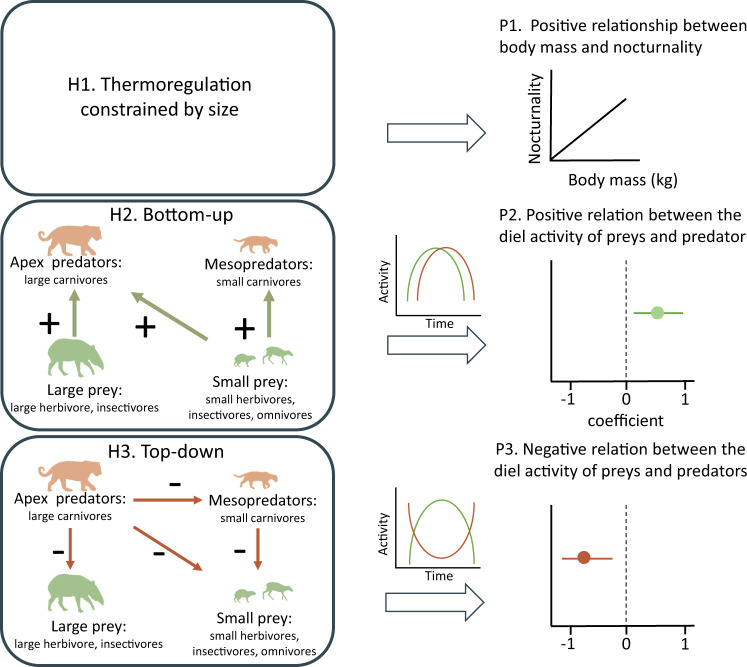Fig. 1. Hypotheses (H1–H3) to determine processes that shape diel activity patterns in tropical forest mammal communities, with associated predictions (P1–3).
If the energetic cost of thermoregulation dominates (H1), we expect a positive relationship between body mass and nocturnality (1), regardless of trophic guild. If bottom-up regulation dominates (H2), predators will follow the diel activity of their prey (2). If top-down regulation dominates (H3), then we predict that small predators and potential prey species (herbivores and insectivores) will avoid top-predators (3). “+” represents a positive relationship between the activity of species groups (bottom-up process), and “−” represent a negative relationship between the activity of species groups (top-down process). Silhouettes from phylopic.org: jaguar, ocelot, and agouti by Gabriela Palomo-Munoz; tapir no license; browsing ruminant by Nobu Tamura (vectorized by T. Michael Keesey) http://creativecommons.org/licenses/by/3.0/.

